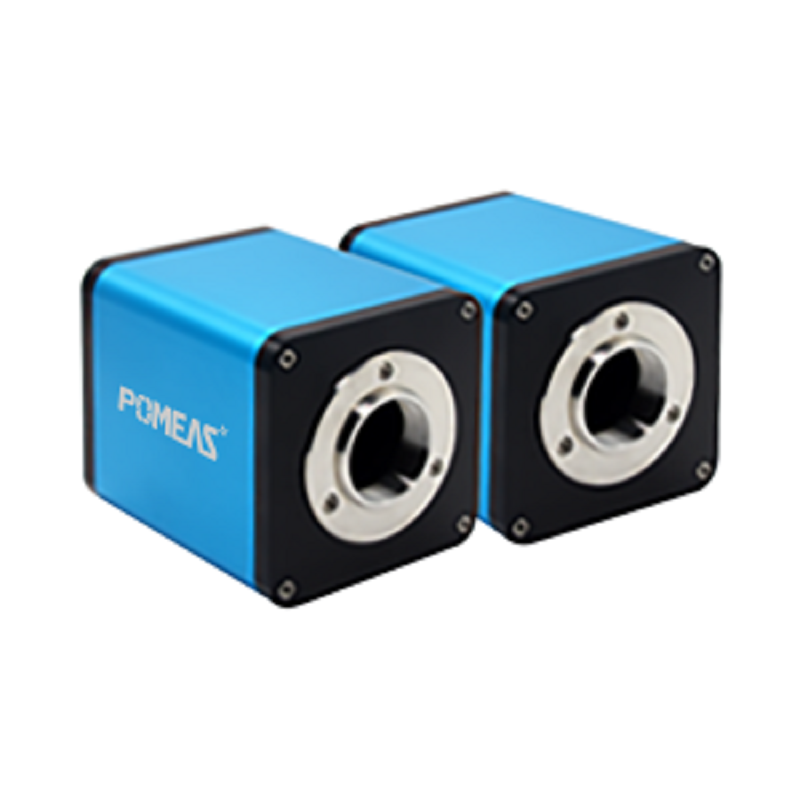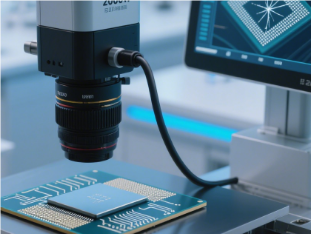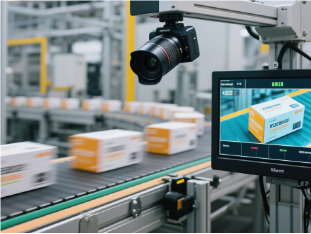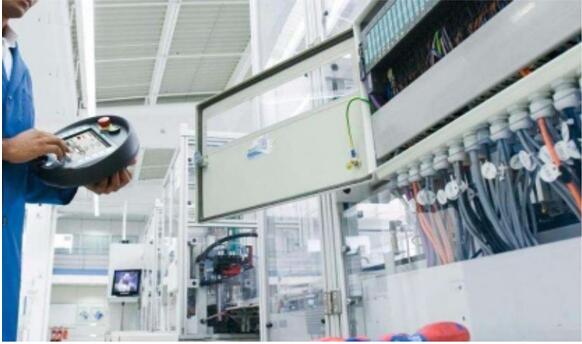Comparison between 2000w industrial cameras and 4k industrial cameras
In the field of industrial automation, the performance of industrial cameras in machine vision systems directly affects detection accuracy and efficiency. Have you ever been torn between a 2000W industrial camera and a 4K industrial camera? While both appear to be high-resolution cameras, they each have their own specific applications. Today, we will take an in-depth look at these two types of cameras to help you find the one that best suits your needs.


1. Resolution
The resolution of a 2000W industrial camera is typically around 5472×3648. The resolution of a 4K industrial camera is 3840×2160.
Although both are high-resolution cameras, the 2000W industrial camera has a higher pixel count, theoretically enabling it to capture finer details. In applications requiring extremely high precision, such as precision part inspection and microscopy, it provides richer image information.
2. Frame Rate
2000W industrial cameras have high resolution and large data volumes, so their frame rates are often relatively low. 4K industrial cameras have relatively high frame rates, with some models capable of reaching 30 frames per second or higher. When capturing moving objects, higher frame rates help reduce motion blur and more clearly capture the object's motion state.
3. Pixel Size
2000W industrial cameras typically have smaller pixel sizes. Smaller pixels help improve resolution but have relatively weaker light sensitivity. The pixel size of 4K industrial cameras varies depending on the specific model. Some cameras have pixel sizes as large as 2.0μm × 2.0μm or even larger, offering better light sensitivity. In low-light environments, they may produce clearer images.
4. Data Interface
2000W industrial cameras often use Gigabit Ethernet interfaces, while 4K industrial cameras have more diverse data interfaces. In addition to Ethernet interfaces, they may also use USB interfaces, Camera Link interfaces, etc.
5. Application Scenarios
The 2000W industrial camera is suitable for scenarios with extremely high detail requirements, such as semiconductor chip inspection and high-precision dimensional measurement. Its high resolution ensures accurate identification of minute defects and precise dimensional measurement.


4K industrial cameras are more commonly used in scenarios that require high image quality and a certain frame rate to capture dynamic images, such as monitoring high-speed production lines and object recognition in logistics sorting. They can provide clear images while meeting certain real-time requirements.


After reviewing these comparisons, do you have a clearer understanding of 2000W industrial cameras and 4K industrial cameras? Based on your actual application scenario, which one do you think better suits your needs? If you have any other questions, please feel free to discuss them with us.
Product recommendation
TECHNICAL SOLUTION
MORE+You may also be interested in the following information
FREE CONSULTING SERVICE
Let’s help you to find the right solution for your project!


 ASK POMEAS
ASK POMEAS  PRICE INQUIRY
PRICE INQUIRY  REQUEST DEMO/TEST
REQUEST DEMO/TEST  FREE TRIAL UNIT
FREE TRIAL UNIT  ACCURATE SELECTION
ACCURATE SELECTION  ADDRESS
ADDRESS Tel:+ 86-0769-2266 0867
Tel:+ 86-0769-2266 0867 Fax:+ 86-0769-2266 0867
Fax:+ 86-0769-2266 0867 E-mail:marketing@pomeas.com
E-mail:marketing@pomeas.com
